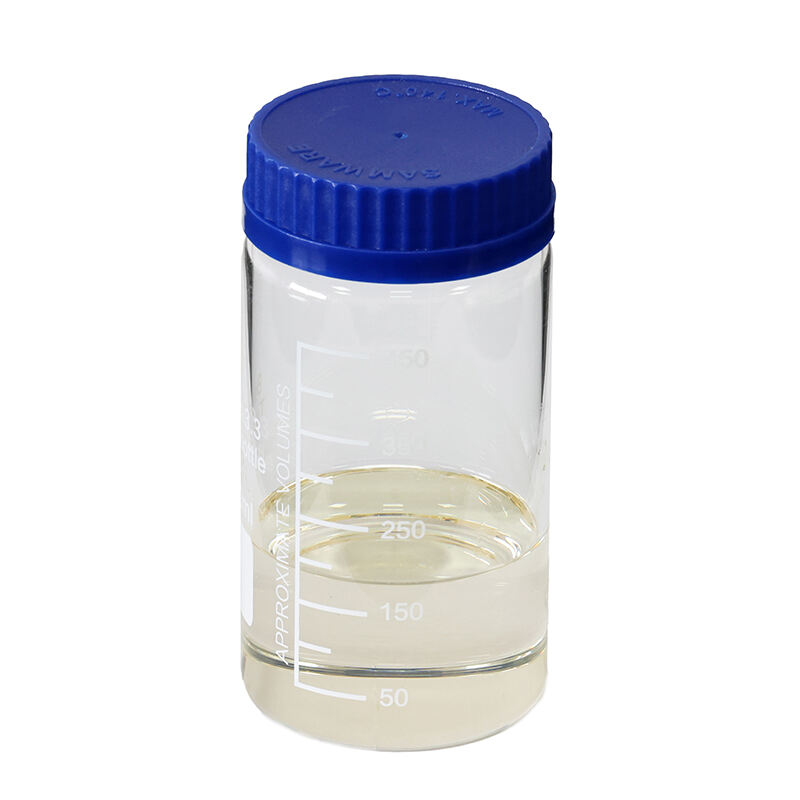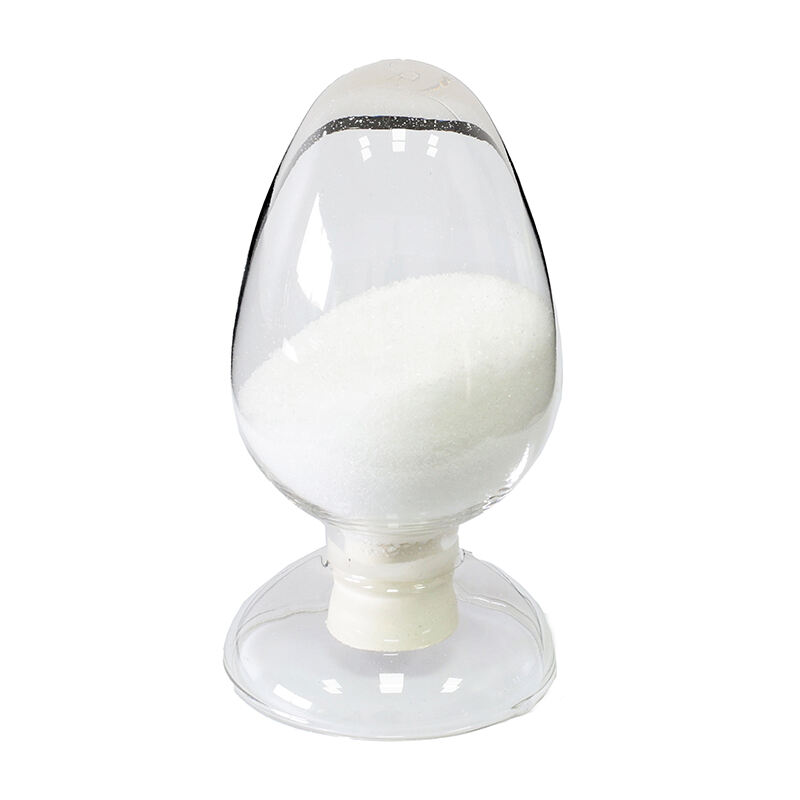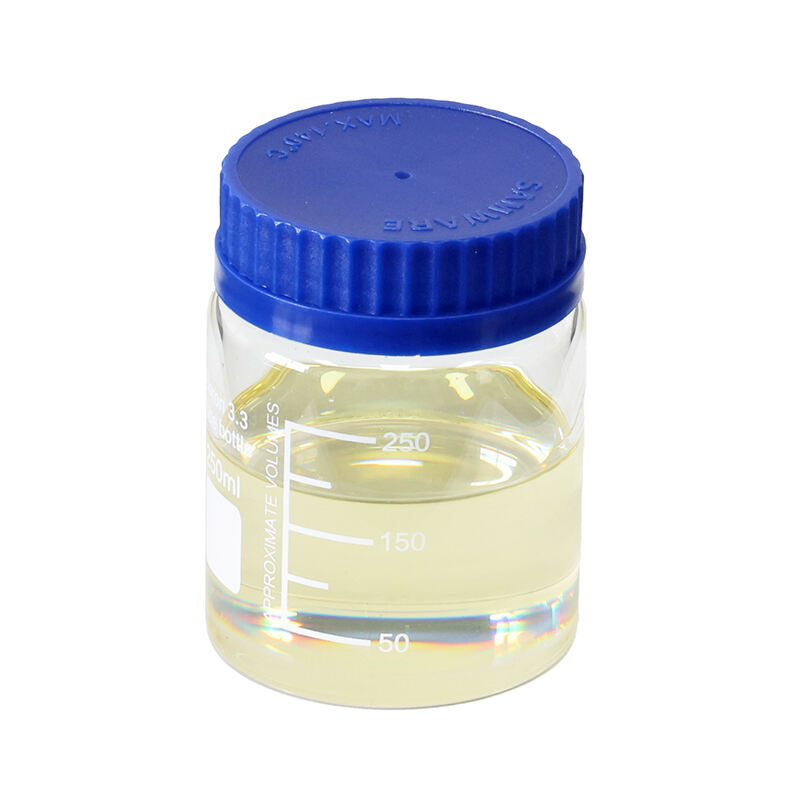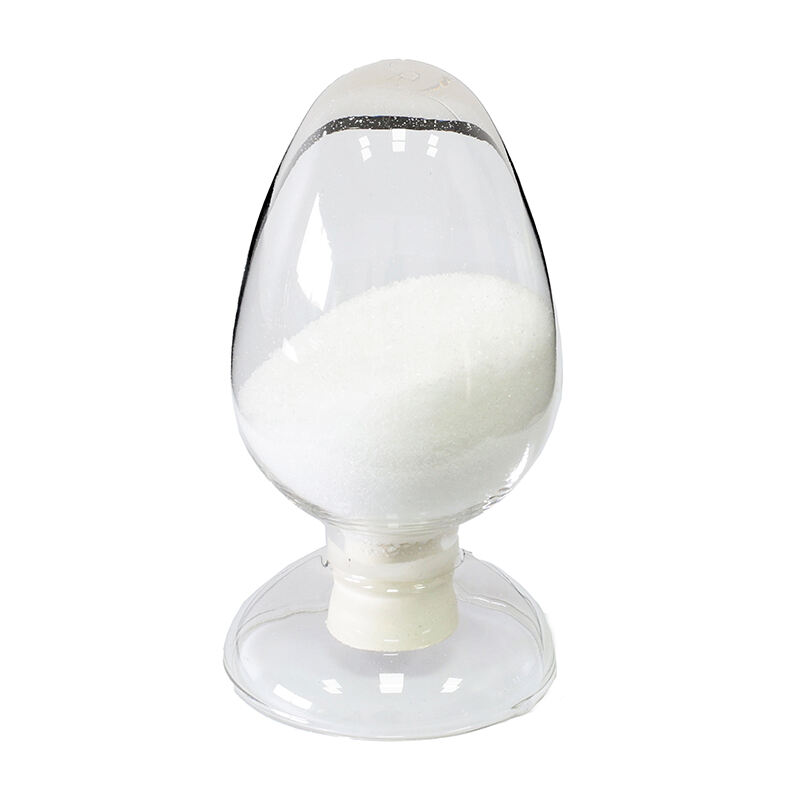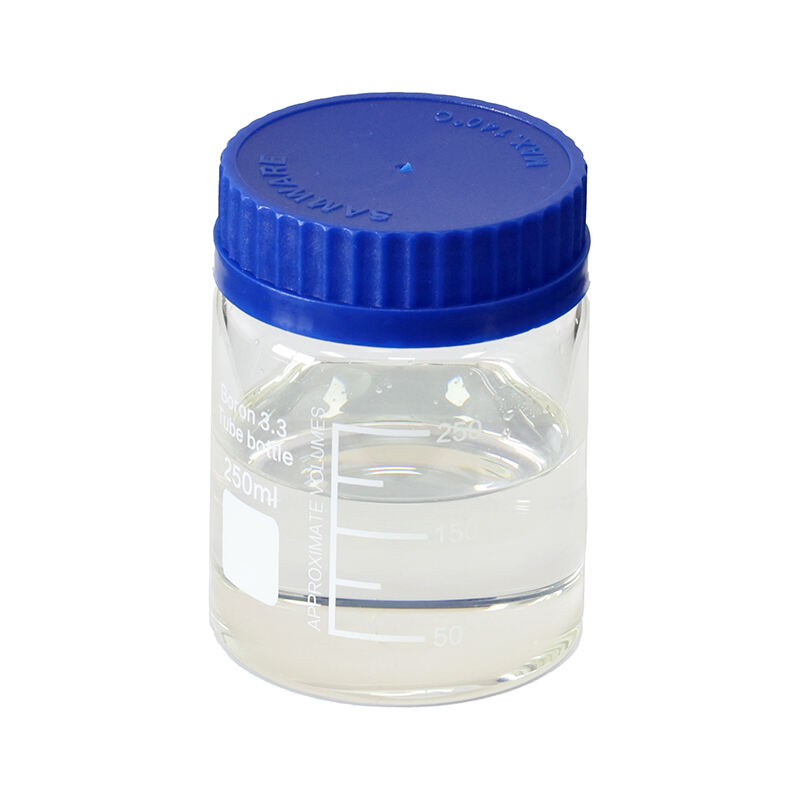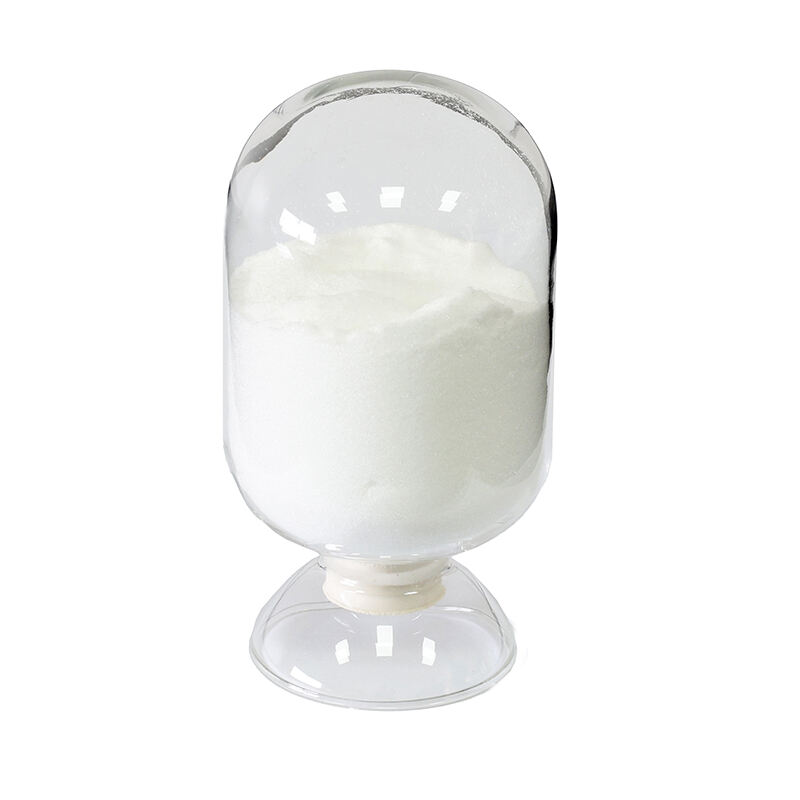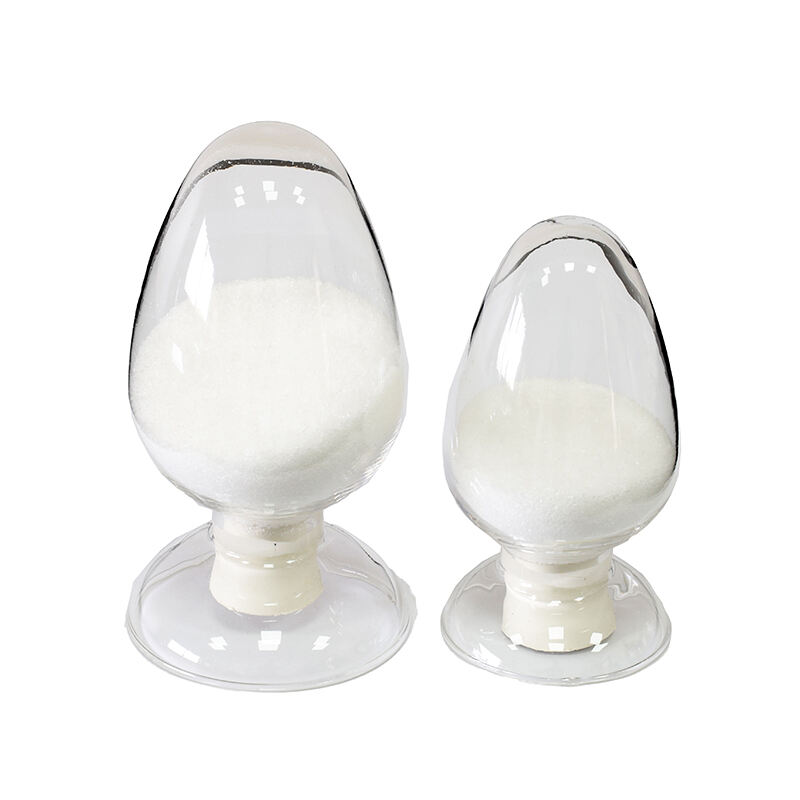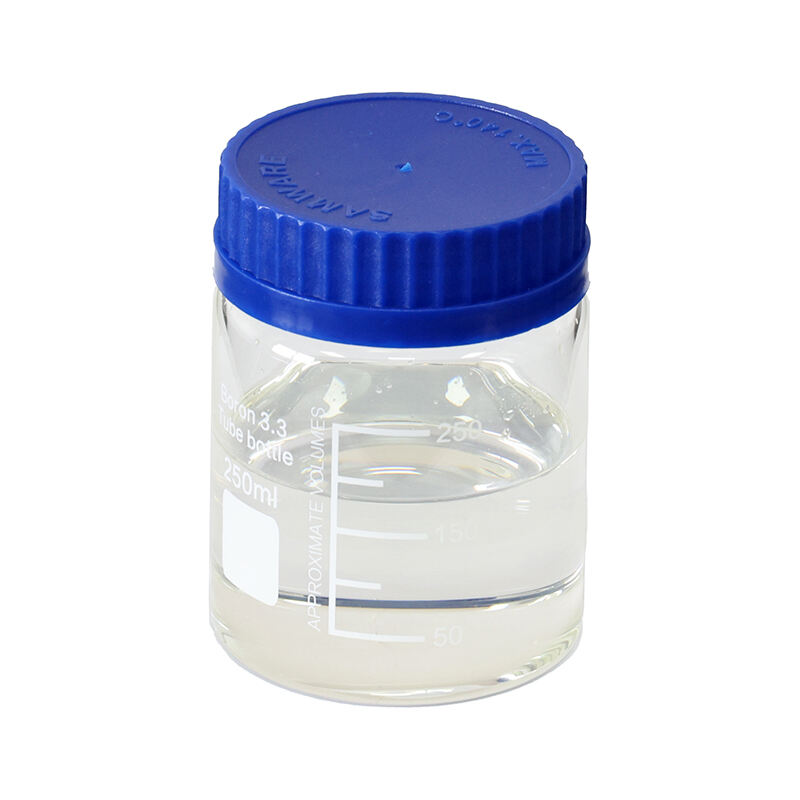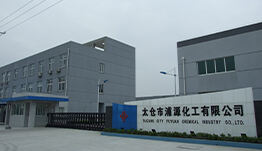Strategic Approach to Addressing the Formaldehyde-Free Challenge in Bronopol Biocide
Abstract: To address the potential issue of free formaldehyde formation in Bronopol (BNP, CAS 52-51-7) biocides, it is essential to implement a comprehensive strategy that integrates process control, formulation optimization, and usage conditions. The following specific measures are recommended:
Keywords: bronopol; BNP; biocide; preservative; CAS 52-51-7; C3H6BrNO4
1. Adjust the pH Value of the Formulation
Bronopol readily hydrolyzes into formaldehyde under alkaline conditions (pH > 8) or at elevated temperatures. By maintaining the pH of the formulation within a weakly acidic to neutral range (pH 5-7), the rate of hydrolysis can be significantly reduced.
2. Incorporate Stabilizers
Chelating Agents: Introduce EDTA (ethylenediaminetetraacetic acid) or sodium citrate to chelate metal ions such as iron and copper, thereby preventing these metals from catalyzing Bronopol decomposition.
Antioxidants: Add sulfites (e.g., sodium sulfite) or ascorbic acid (vitamin C) to inhibit oxidative side reactions.
3. Optimize Storage and Usage Conditions
Temperature Control: Store the product at temperatures below 25 °C and protect it from light exposure by using brown bottles or opaque packaging.
Minimize Exposure Time: Reduce the duration of open storage to minimize contact with air, thereby preventing moisture absorption and accelerating hydrolysis.
4. Purify Raw Materials
Strictly control the residual formaldehyde content during the synthesis of Bronopol.
5. Implement Low-Temperature Processing
Avoid high-temperature handling during the synthesis and preparation of Bronopol.
By adopting these integrated measures, Bronopol can effectively mitigate the risk of free formaldehyde formation while maintaining its bactericidal efficacy and ensuring compliance with safety standards.
The R&D team at Puyuan Pharm has developed 12 specialized types of Bronopol (BNP) based on industrial-grade brominol for various applications. Through advanced crystallization, refining, purification, washing, drying, standing, and free formaldehyde control, these products achieve higher purity levels. They exhibit superior bactericidal, antiseptic, mildew, and algae-killing effects, remain fluffy and resistant to caking, and maintain stable bactericidal efficacy. Additionally, strict control over free formaldehyde ensures environmental and product safety.
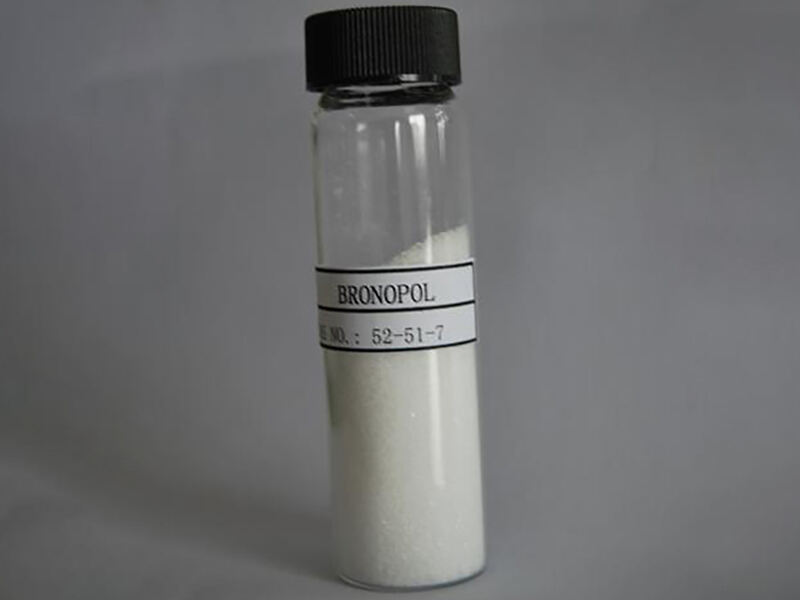
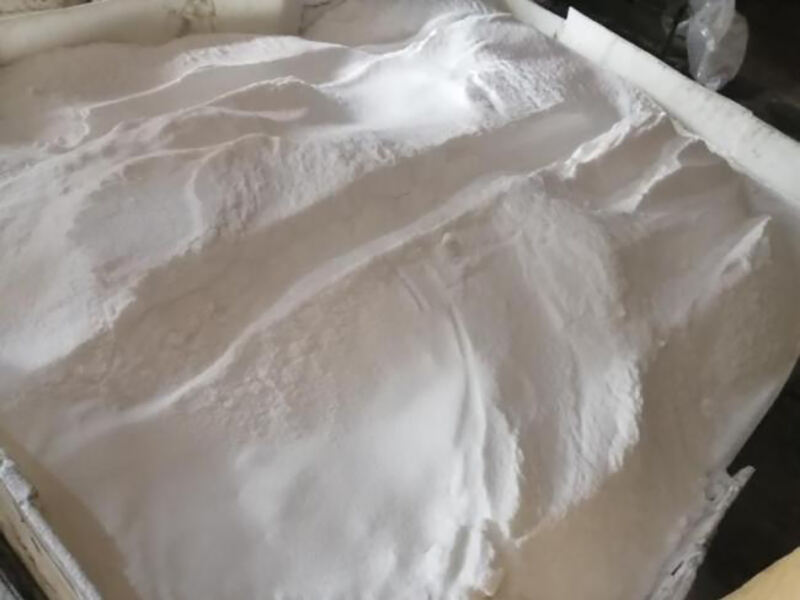

 EN
EN
 NL
NL
 FR
FR
 DE
DE
 JA
JA
 KO
KO
 PT
PT
 RU
RU
 ES
ES
 ID
ID
 VI
VI
 TH
TH
 MS
MS
 TR
TR
 AR
AR

